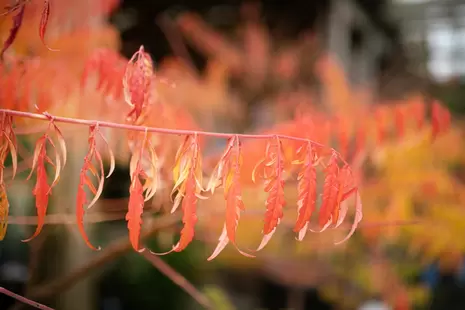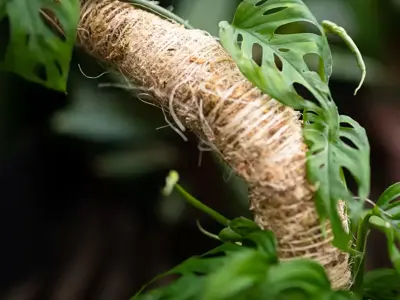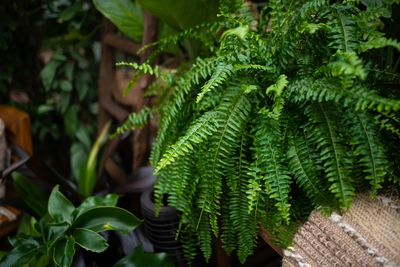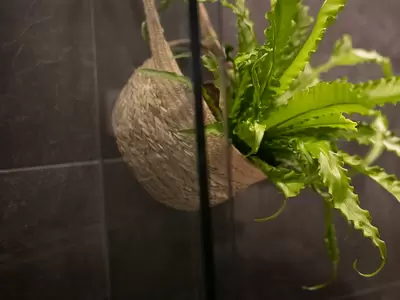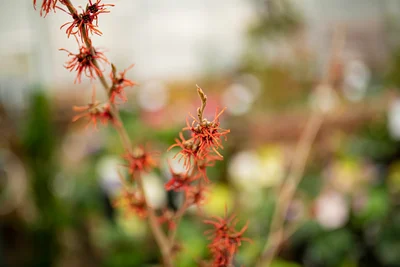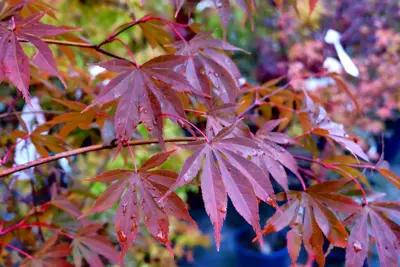
By Ingrid Hoff
The arrival of autumn is generally a signal for most gardeners that the season of rest is almost upon us. It's a great time to plant Spring Blooming Bulbs, but our trees and shrubs still need a little bit of love. So, here are a couple of things to think about to make sure next year is the best it can be.
Fall Pruning
Generally speaking, pruning in the fall is discouraged, and for good reasons. But I find there are always a few exceptions to the rules.
Trees and shrubs are getting ready for the winter months, they are storing their nutrients but are also entering in the first stages of dormancy so are not as quick to heal as when the sap is quickly flowing. So please if you do prune at this time of year be sure to do it lightly (never prune too much) and live by the old adage “think twice, cut once”. Also, never prune a spring flowering tree or shrub in the fall as they have already set their flowers for the next year, a pruning now would rob you of the spring display. That being said, if you prune non-spring flowering trees and shrubs lightly then this time of dormancy can be perfect for removing any dead, diseased or dying stems and branches
If you live where winter snowfall is common look for branches that might be prone to fail with the weight of snow. It’s better to remove them now than have the damage caused by a winter breakage.
Raspberries in particular can benefit from an autumn pruning. The removal of fruiting canes right down to ground level can make room for new canes to grow in the spring which will give you bigger juicier berries (just don’t leave a stump as this can encourage crown borers to move in).
There are two types of raspberries to consider:
- Ever-bearing produce berries on both first- and second-year canes (generally in the late summer and into fall)
- June-bearing raspberries only produce berries on second year canes
If you don’t know what kind you have you will just have to watch how and when your canes bear fruit. So, if you have June bearing just be careful not to prune out the first-year canes or you’ll lose out on a year of harvest, ever-bearing can be cut entirely to the ground. You can always get more specific information at your local GARDENWORKS.
Planting
Many people are surprised to hear that fall is the perfect time to plant something new, in particular trees and shrubs. This is because the ground is still relatively warm (having just come through summer) and the air is cool. These are perfect conditions for growing roots.
Conversely, in the spring the soil is cold and the air is warm. These are perfect conditions for above ground growth (leaves, stems and branches). This means that fall planted trees and shrubs can concentrate their energy on roots whereas spring planted trees and shrubs have to support both root and shoot growth. Giving a new planting time to grow some roots before going dormant for the winter means that when they wake up in the spring, they have a head start.
Fall plantings will have a more developed root system by summer which is going to be a huge benefit when the droughts hits. Just be sure when you plant to give your new acquisition the best possible chance by preparing the soil, and doing all you can to prevent or mitigate transplant shock (yes, trees and shrubs experience shock). Try to plant on a cool cloudy day, water well after planting and use GARDENWORKS Transplanting Fertilizer.
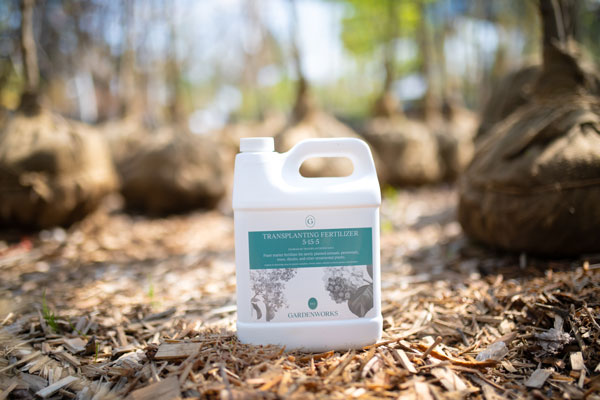
Japanese Maples
No matter what kind of space you have, acreage or apartment balcony, a Japanese maple will look and perform amazingly. There are literally hundreds of varieties that range in size, shape and colours. Some are dwarf, others tall and stately; some have weeping shapes, others up-right and vase-like; there are some with lacy filigree leaves, but others with full palm-like leaves; some with vibrant colour in both bark and leaves, but also the tried-and-true calming greens.
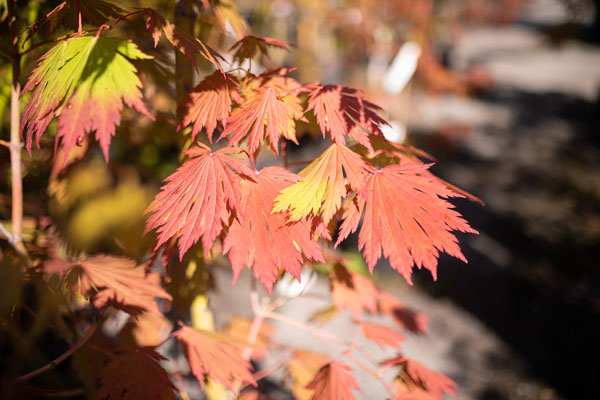
Many will easily adapt to grow in a container but others will fill a backyard and provide shade and summer privacy. These are beautiful but hardy trees and I would strongly recommend adding one to your space. I would say consider adding another if you already have one but that is usually not necessary, if you have one it doesn’t usually take long before you start to covet another.
So, let’s embrace the dipping temperatures instead of mourning the loss of summer. Head out to the garden (or patio) and have a think about what you can do to enjoy the season but also set yourself up for an even better spring and summer next year. Some light pruning or the addition of something new, you will be glad you did.

